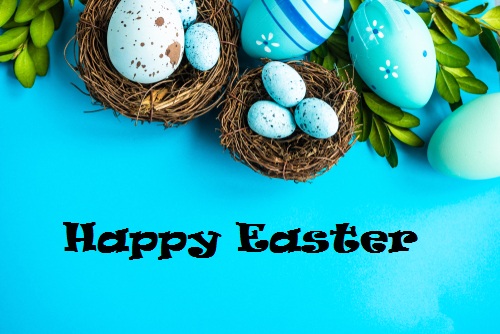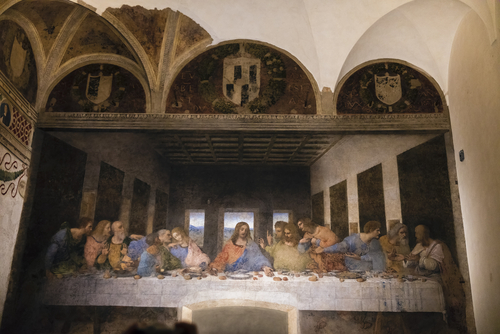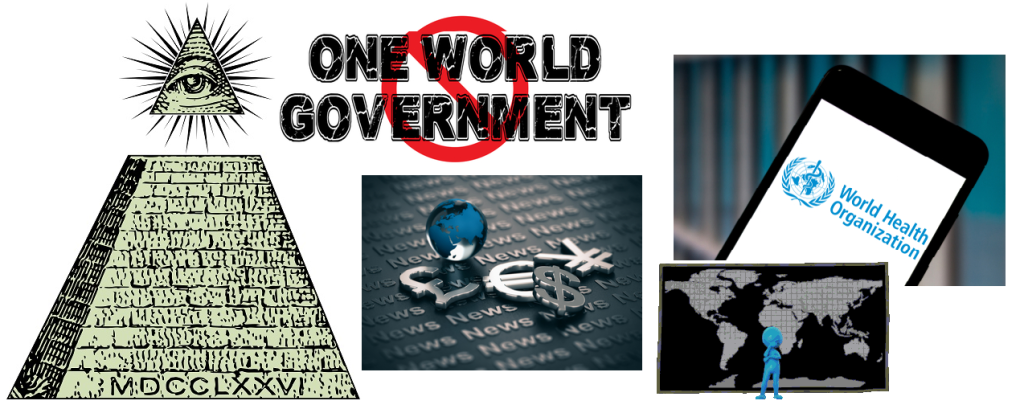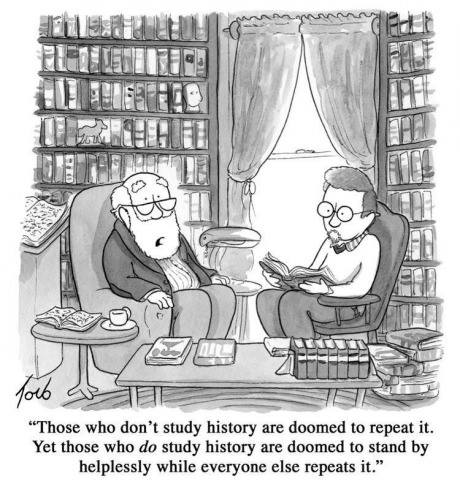 Easter is historically the most confusing holiday. Besides the calculation being complex, the traditions are also a blend of various different cultures. I have written how New Year’s Eve is really a Roman tradition celebrating the god Janus who was pictured with two faces one looking back and the other to the future. Christmas is December 25th was selected because it was a pagan festival for the sun god Sol. We have even borrowed how Sol was pictured with a halo that was the sunlight around his head. Today, like Veteran’s Day, the original meaning fades into history and people just enjoy the day off. More or less, December 25th was just embedded in the culture so it was easier to just rename it Christmas than outlaw the holiday.
Easter is historically the most confusing holiday. Besides the calculation being complex, the traditions are also a blend of various different cultures. I have written how New Year’s Eve is really a Roman tradition celebrating the god Janus who was pictured with two faces one looking back and the other to the future. Christmas is December 25th was selected because it was a pagan festival for the sun god Sol. We have even borrowed how Sol was pictured with a halo that was the sunlight around his head. Today, like Veteran’s Day, the original meaning fades into history and people just enjoy the day off. More or less, December 25th was just embedded in the culture so it was easier to just rename it Christmas than outlaw the holiday.
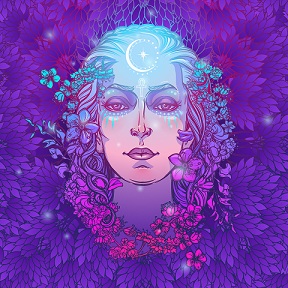 Then there is the tradition of Easter. Where does the word even come from? Was this too a pagan ritual transformed into Christianity? The holiday was originally called Eostre as late as the 8th century. It is mentioned by Saint Bede who was an English Benedictine monk at the monastery in the Kingdom of Northumbria of the Angles. He noted the native Anglo-Saxon calendar in De Temporum Ratione (On the Reckoning of Time) had named April as Eostremonath after the goddess Eostre who he tells us she was associated with the spring and was a time when “feasts were celebrated” in her honor.
Then there is the tradition of Easter. Where does the word even come from? Was this too a pagan ritual transformed into Christianity? The holiday was originally called Eostre as late as the 8th century. It is mentioned by Saint Bede who was an English Benedictine monk at the monastery in the Kingdom of Northumbria of the Angles. He noted the native Anglo-Saxon calendar in De Temporum Ratione (On the Reckoning of Time) had named April as Eostremonath after the goddess Eostre who he tells us she was associated with the spring and was a time when “feasts were celebrated” in her honor.
In Germany, there was Jacob Grimm, known for his fairytales. He seems to have borrowed the Anglo-Saxon goddess calling her Ostara explaining that she was “the divinity of the radiant dawn, upspringing light, a spectacle that brings joy and blessing.” In Christianity, Easter is preceded by Lent, which was to reflect a period of fasting in memory of Christ’s 40 days in the wilderness. Nonetheless, in medieval times, this was also a period of ending winter when the food stored from the summer was naturally running low. The spring fever we tend to feel is also felt by animals and this is when hens start laying eggs and cows begin to give milk. Easter was a natural feast celebrating the end of winter’s hardship.
The Last Supper by Leonardo da Vinci in the refectory of the Convent of Santa Maria delle Grazie
We know that Easter is associated with the lamb which comes from Jewish tradition at Passover and of course, Jesus and his disciples celebrated with their Last Supper. The date is also tied to the Jewish festival of Passover. So Easter is not a pagan ritual historically as was Christmas. But it is still a blend of cultures that seem to have all come together to form what we call Easter retaining the Anglo-Saxon goddess name.
Now we have to understand where did the bunny laying eggs come from or the traditional Easter Egg hunt that they even practiced on the lawn of the White House. The earliest documented mention of decorating eggs for Easter comes in 1290 England. There, buried in the household accounts of King Edward I for 1290, we discover records for the purchase and decoration of 450 eggs that were dyed and some were gilded with gold probably for the special guests. The English tradition was for children to play with their “pace-eggs” by rolling them on the ground before eating them. Hence, the Easter eggs are rolled on the lawn of the White House, which seems to be a tradition that began in 1878.
The tradition of a bunny rabbit seems to have begun in Bavaria (southern Germany). There appears to be the origin of a hunt for children to find eggs that were hidden in the garden. They were supposed to have been placed there by a rabbit or hare. There are some accounts dating back to the early 17th century where they also eat the rabbit. This may be part of the spring feast. Accounts are not very clear from that period in time. But we know there was a hunt looking for eggs placed there by a rabbit, which they may have eaten as well. We do know that in England they would hunt rabbits and eat them for the spring which dates back to the 16th century.
An Easter tradition of eggs makes sense insofar as it was the symbol of life. The rabbit seems to be just the traditional meal after winter. Thus, Easter is a curious blend of customs that are connected with celebrating spring and the end of a hard winter, with the resurrection of Christ. The egg being the symbol of life and birth, the lamb is the sacrifice, and the rabbit was just a good meal.

